FUNDAMENTALS |
BELIEFS A — Z |
|
INSPIRATION |
ENCYCLOPEDIA |
|
The Scientific Revolution The heliocentric solar system, according to Copernicus in his book De revolutionibus orbium coelestium, from c. 1543. Life Energy FundamentalsThe alchemists saw themselves as scientists. The word alchemy simply means "the chemistry" and far from all their research was of an occult nature. They were investigators of nature, and some of their findings are still cherished in the history of science. In their investigations of the life force, their perspectives were those of learned men of the time. So, in medieval times they looked for substances that seemed to contain a potency that would serve their purpose in one or other potion. This went on through the Renaissance. They believed that the life force, although immaterial, could be stimulated and controlled by material means. Their strife was really to give the material body some immaterial qualities, such as eternal youth and longevity. So they sought to combine the powers of material substances with immaterial principles. But those principles were about to change drastically. Since the dawn of civilization, mankind had to base its understanding of the world on few facts. Most of the surroundings made little sense, and there was no way of confirming theories about it all, at least not in a cosmological perspective. Religion and myth were the sources to most of how humans saw their world. Few discoveries were made that could challenge the religious explanations, and they usually brought more questions than answers. The human perception of the world was quite the same from the days of the Greek philosophers to the end of the Renaissance. For questions not answered by the Bible, the scholars of Europe turned to the texts of Plato and Aristotle. But in the 16th century, Nicolaus Copernicus (1473-1543, see the portrait) moved the center of the universe from the Earth to the sun, and by the end of the 17th century, Isaac Newton (1643-1727, see the portrait) presented his laws of motion and gravity, explaining the movement of the planets, with formulas to calculate their orbits to greater precision than ever before. This became the start of the Scientific Revolution. Two things made Newton's discoveries tremendously impressive: Nothing could surpass the marvel of accurately calculating the movement of the heavenly bodies, which had been of enormous symbolic importance all through man's history. Secondly, the mechanical universe that Newton presented had no need of a God. It ran by itself, and by its own laws. One firm hold that religion had on mankind was its explanations of the world, which was otherwise a complete enigma. Divine action was the only plausible explanation of the greatest movements in the world — until Newton. With Newton's formulas, the universe could be seen as a clock, ticking on. There may have been some creator god initially winding it — but after that moment he was no longer needed. The idea of a clockwork universe was not completely new with Newton, but he could prove it. The French astronomer Pierre-Simon Laplace (1749-1827, see the portrait) put it very bluntly, when Napoleon remarked that he did not mention God in his book on astronomy: "I had no need for that hypothesis." Science separated itself from religion, refusing religious arguments within its disciplines, and excluding religious phenomena from its agenda. The world was mechanical, and everything divine was irrelevant — if at all existent.
Next
About CookiesMy Other Websites
Qi Energy ExercisesThe ancient Chinese life energy qi (chi) explained and how to exercise it.
Creation MythsCreation stories from around the world, and the ancient cosmology they reveal.
Cosmos of the AncientsWhat the Greek philosophers believed about the cosmos, their religion and their gods.
TaoisticTaoism, the ancient Chinese philosophy of life explained. Also, the complete Tao Te Ching online.
Other Books of Mine
The Greek philosophers and what they thought about cosmology, myth, and the gods. Click the image to see the book at Amazon (paid link). |
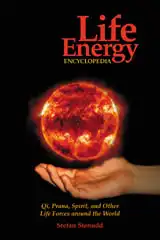 Life Energy Encyclopedia
Life Energy Encyclopedia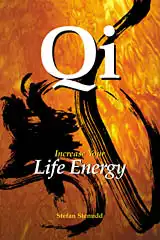 Qi — Increase your life energy
Qi — Increase your life energy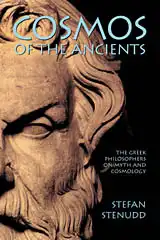 Cosmos of the Ancients
Cosmos of the Ancients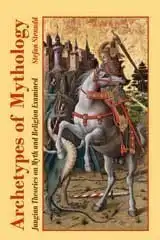 Archetypes of Mythology
Archetypes of Mythology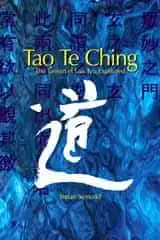 Tao Te Ching
Tao Te Ching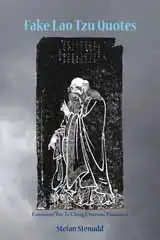 Fake Lao Tzu Quotes
Fake Lao Tzu Quotes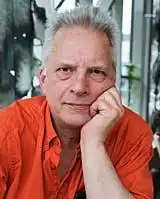 Stefan Stenudd
Stefan Stenudd